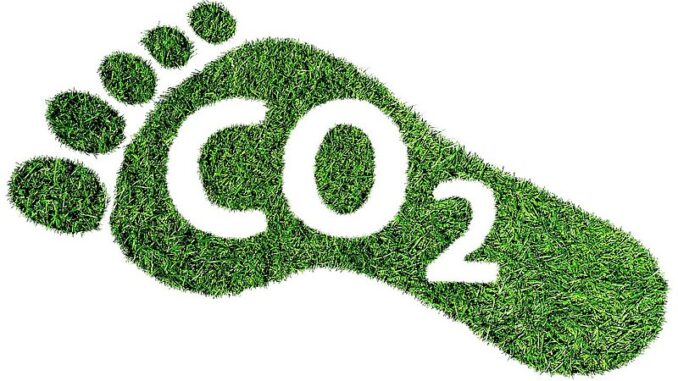
By Fraser Perkins —
This month we’ll look at four bright spots in the struggle to reduce greenhouse gas emissions.
The Russian invasion of Ukraine sparked a revival of all fossil fuels, causing a short-term reversal in climate change mitigation. Oil companies increased non-Russian production, Europeans rushed to complete ports handling liquefied natural gas, excavators dug more deeply into coal mines, and governments helped citizens survive wintry cold by subsidizing fossil fuels. Less noticed, mushrooming fossil fuel costs also raised renewable energy targets across the globe. One author in The Economist estimates that the war sped the transition to renewable energy by five to ten years. The International Energy Agency expects coal usage to rapidly decline after 2025. Last year over 500 billion dollars was invested in energy efficiency, primarily for electric vehicles and heat pumps. In 2023, Europe consumed 6-8% less electricity, in part due to the war as well as conservation and warm weather. Last year also marked the first-time renewable investments outpaced investments in fossil fuels.
Steel production emits prodigious amounts of greenhouse gases – estimates range from 7-9% of all anthropogenic CO2 emissions. By updating the technology of steel making, producers are openly discussing the possibility of reducing steel production emissions by over 85% within a decade.
Nuclear power is controversial. Some experts claim we can transition to renewables without relying on nukes, while others believe nuclear power will be a crucial component to an all-green future. Whichever side you believe, one of the major pitfalls of nuclear power is the storage of spent fuel. Nobody wants radioactive material hanging around in their neighborhood for 10,000 years. Led by the late Senator Harry Reid, Nevada derailed plans to house all the nation’s radioactive waste in Yucca Valley, Nevada. Two things to keep in mind. First, the volume of spent fuel is small – all the nuclear waste generated by the United States could be buried under a single football field to a depth of less than 30 feet. Second, the technology behind fracking could possibly lead to stable, safe storage of waste in shale formations. My opinion is to keep an open mind, but not allow nuclear advocates to sidetrack or delay the transition to renewables.
Cobalt plays a central role in electric vehicle production. Large stores of cobalt lie in the Democratic Republic of the Congo. Yes, that Congo – notoriously unstable, soaked in corruption, riddled with child labor, and largely controlled by Chinese mining interests. Not a great bet for US renewable energy. Recently several things changed. Both Indonesia and China ramped up production and Sweden made a major discovery of cobalt in its far north. Conservation and recycling have further increased cobalt supplies. Prices for cobalt dropped by 50% over the past year.
Limiting global warming to 1.5 degrees C is still a far-reach, but progress on many fronts sprinkles hope over the daunting challenge of mitigating Climate Change.

Leave a Reply